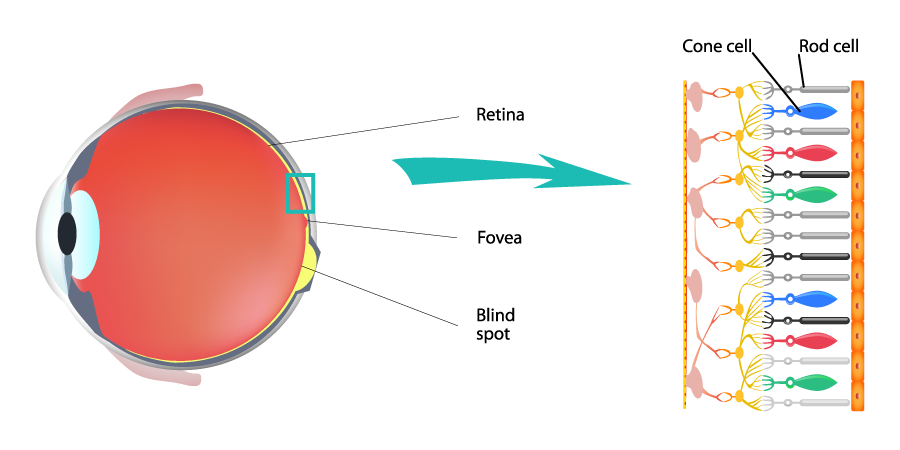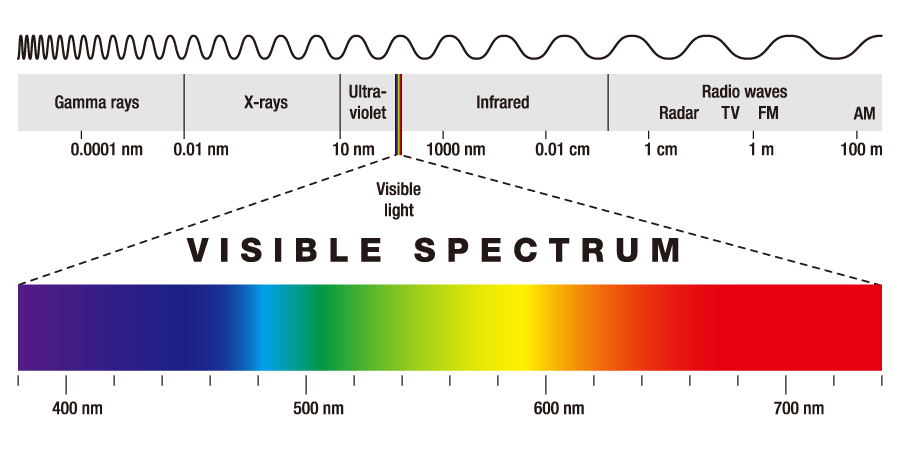Projector
Monitor
Lighting
Digital Display
Job References
This site uses cookies. By continuing to browse the site you are agreeing to our use of cookies, you can also manage preferences.
This site uses cookies. By continuing to browse the site you are agreeing to our use of cookies, you can also manage preferences.
Projector
Monitor
Lighting
Digital Display
Job References
Projector
Monitor
Lighting
Digital Display
Job References
Knowledge Center SupportThere are two types of cells in the retina of our eye that are responsible for our perception of color: rod and cone. Cones, which are sensitive to color, function best in bright light. They exist in three forms, each differing in the wavelength of light absorbed ( LMS ). Rods, on the other hand, are sensitive to the intensity of light. In the human eye, rod cells allow us to distinguish and detect objects in the dark; however, since their sensitivity to light is better than cone cells, our ability to perceive the color of objects in an area of low light becomes poor.

Color perception requires light. When light strikes objects, some are absorbed and some are reflected. The resulting color seen by the viewer is due to the reflected wavelengths. Wavelengths that can be seen by the human eye belong to the visible light portion of the electromagnetic spectrum. The colors range from short wavelengths to long wavelengths, starting with purple, followed by blue, green, yellow, orange, and ending with red.

Since there are slight biological variations between people, the way we perceive colors and recognize colors will vary, too. Hence, determining an object’s color becomes subjective. For example, take this box on the below, some may refer to its color as blue, some may say it appears green, and for the color critical person, they may say cyan. To provide an accurate description of an object’s color would be highly impossible for the average individual.


We must rely on quantitative methods to accurately communicate and document an object’s color. Color space is the term we use to collectively define the range of colors that is displayed on monitors, produced by printers, or that can be captured by cameras, to name a few. Commonly used color spaces include RGB, CMYK, HSV, CIEXYZ, CIEL*a*b*.
True color, then, is an accurate color representation of the original image in reality.
Thanks for your feedback!